I’ve been watching the high-end professional monitor market for a while now, especially the jaw-dropping Apple Pro Display XDR that commands a hefty \$4,999 price tag. It’s the gold standard for creative professionals—photographers, video editors, colorists—but its price often leaves many looking for alternatives that offer similar specs without the luxury price. Enter ASUS with its upcoming ProArt PA32QCV display, a 6K beast ready to shake things up, and I can’t help but feel this might be the game-changer we’ve been waiting for.
The Long-Awaited Alternative to Apple’s Pro Display XDR
Apple’s Pro Display XDR is a marvel — the color accuracy, 6K resolution, HDR capabilities — but it’s out of reach for many, myself included. When ASUS announced the PA32QCV, a 6K resolution display with factory-calibrated color accuracy, HDR600 certification, and a price tag of just \$1,299, I had to sit up and take notice.
Yes, you read that right: \$1,299. That’s roughly a quarter of what Apple charges. For creatives who need pinpoint accuracy but don’t want to mortgage their house for a monitor, this could be a breath of fresh air.
What Makes the ASUS ProArt PA32QCV Stand Out?
At a glance, the specs sound almost too good to be true. The PA32QCV delivers a 6016×3384 resolution, giving you true 6K clarity with over 218 pixels per inch. This is not just about more pixels — it’s about getting razor-sharp text, detailed images, and precise line work that professionals rely on daily.
Color accuracy is where this display really shines. ASUS boasts a factory calibration with a Delta E of less than 2 — meaning the colors you see on screen are incredibly close to real-life colors. It covers 98% of the DCI-P3 color gamut and 100% of sRGB, with 10-bit color depth supporting over a billion colors. This is vital for video editors and photographers who cannot afford even minor shifts in hue or saturation.
HDR support is also impressive: it’s certified for VESA DisplayHDR 600, meaning highlights pop without losing detail in shadows. This kind of dynamic range is essential when working on HDR content, where you want to preserve the full range of brightness without crushing blacks or blowing out whites.

Thunderbolt 4 and Mac Compatibility: Designed for the Modern Creative
Many creatives today are entrenched in the Apple ecosystem, and ASUS seems to have taken note. The PA32QCV includes dual Thunderbolt 4 ports, allowing for single-cable data, charging, and video transmission. For MacBook users like me, that’s a huge plus — no need for a mess of cables cluttering your workspace.
Even better, ASUS’s DisplayWidget Center software allows macOS users to tweak brightness, contrast, and color temperature directly, and the monitor supports Mac’s native brightness keys on the keyboard. It’s a thoughtful touch that makes this monitor feel integrated rather than an afterthought.
Additional Features for Versatility
Beyond pure color work, the PA32QCV supports automatic KVM switching, letting you use one keyboard and mouse setup to control two computers connected to the monitor. This kind of flexibility is perfect if you juggle both Windows and macOS machines or if you need a powerful multi-use monitor for both creative and office tasks.
Connectivity options include HDMI 2.1, DisplayPort 1.4, USB-A, and USB-C ports — so you’re well covered for connecting everything from cameras to external drives and peripherals.
What’s the Catch?
Nothing is perfect, and a few questions remain. ASUS promises factory calibration accuracy, but how long will that last before you need to re-calibrate? Apple has a long track record of reliable color accuracy over time, so we’ll have to see how the PA32QCV holds up under real-world professional use.
Also, while the bundled Creative Cloud offer sounds nice, it’s a bit of a mixed bag unless you’re already invested in Adobe’s ecosystem.
Finally, the build quality and user experience, though looking solid on paper, will need hands-on reviews to confirm whether ASUS has truly built a professional-grade display or just a feature-packed “prosumer” device.
Where to Buy?
For those ready to jump on this when it launches, I recommend checking out major US retailers known for reliable electronics deals and service:
- B\&H Photo Video — The go-to for creative professionals, B\&H offers great pricing, fast shipping, and knowledgeable customer support.
- Adorama — Another excellent source with a focus on photography and video gear, often with bundled deals.
- Amazon — Convenient and fast, with reviews and Prime shipping, though I always suggest checking seller reliability.
- Best Buy — Good for those who want to see display units in-store before committing.
- Newegg — Particularly strong for computer hardware and accessories.
Keep an eye on these platforms as ASUS releases more details and availability. Signing up for alerts or newsletters can help you snag early deals.

Personal Reflections: What This Means for Creatives
As someone who has spent countless hours frustrated by either too-small displays, limited color accuracy, or price tags that felt like a slap in the face, the ASUS ProArt PA32QCV feels like a real option finally opening up.
Not everyone can justify \$5,000 for a monitor, but many of us need that level of quality. ASUS stepping into this arena forces Apple and others to reconsider pricing or innovation pace. More competition means better gear at better prices, and that benefits everyone in the creative community.
I’m especially intrigued by the Mac compatibility features. It’s clear ASUS understands that many creatives have MacBooks or iMacs, and making the monitor work smoothly with macOS shows real attention to user experience.
The Broader Landscape: What About Other 6K Displays?
While ASUS’s price is disruptive, the market is already warming up with competitors. Acer has the ProCreator PE0 aimed at the same audience with a similarly bold price and specs. Then there’s Kuycon G32P at \$1,700, slightly pricier but from a less-known company, which raises questions about support and build quality.
LG is also pushing high-end 5K displays with Thunderbolt 5, catering to the professional crowd with cutting-edge tech but still pricey.
This growing competition is a sign that 6K resolution is becoming mainstream for prosumers and professionals alike — no longer just Apple’s playground.
The Bottom Line on Display Technology Progress
Display tech has long been a bottleneck for creators. You can have the fastest computer and best software, but if your screen doesn’t show you what you actually need, you’re at a disadvantage. ASUS’s new ProArt PA32QCV promises to push high-end visual performance into a more attainable price range.
That’s exciting, because it means more creatives will get access to tools that let them do their best work. It’s about enabling artistry and precision, without the financial barrier that has too often limited choices.
If you’re someone who spends hours color-grading videos, retouching photos, or designing graphics, this upcoming ASUS 6K ProArt display might just become your next indispensable tool. It’s worth watching closely as it arrives on the market in the coming weeks.
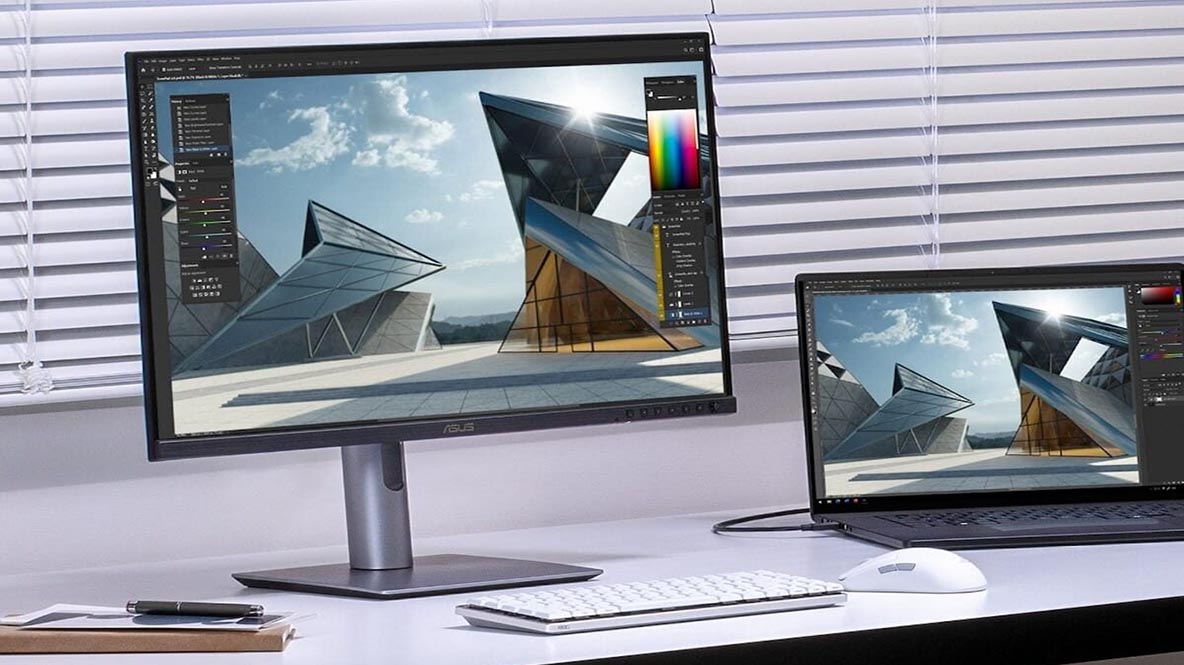

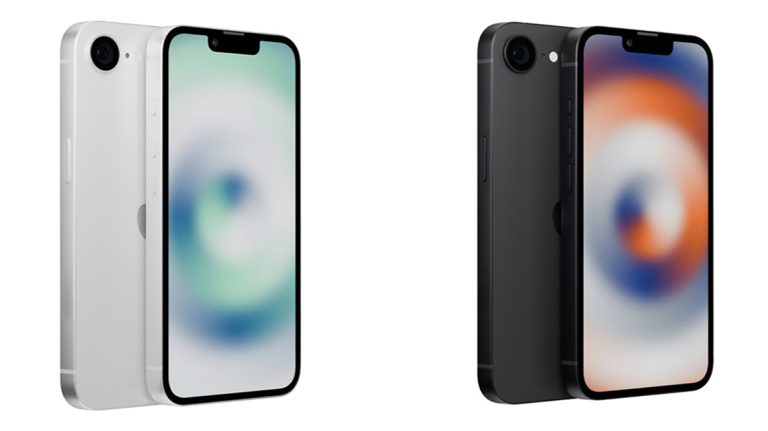
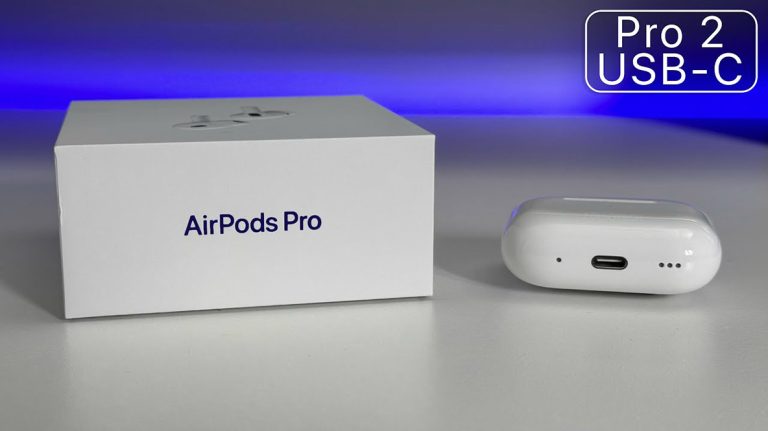

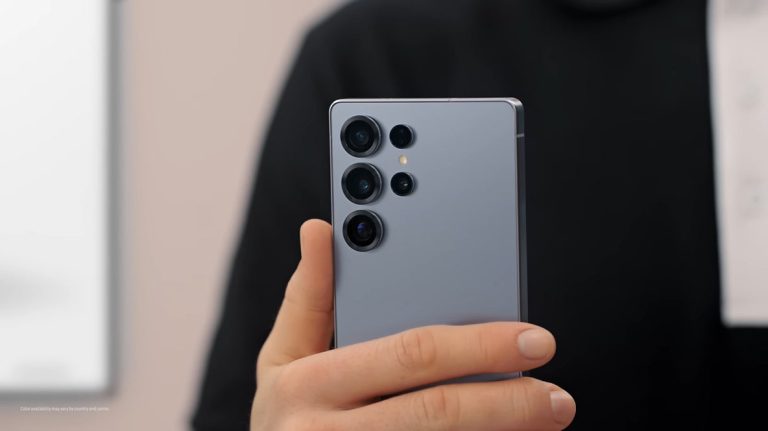

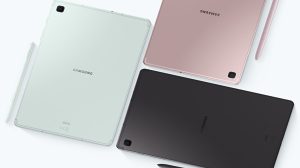


+ There are no comments
Add yours